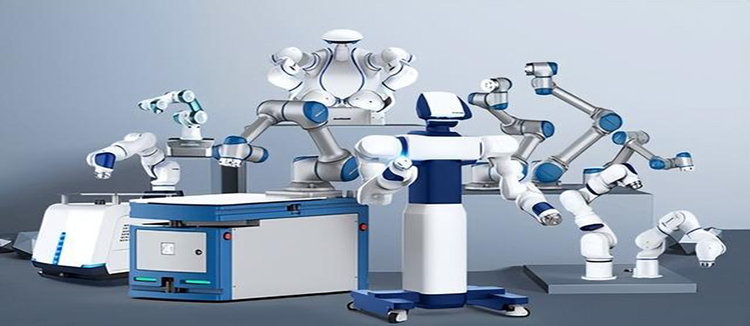The Future of Automation: Unveiling the Versatility of Lightweight Robotic Arm
As the world of technology continues to evolve, the demand for automation and robotics has grown exponentially. One of the most significant advancements in this field is the development of the lightweight robotic arm. This innovative piece of machinery has revolutionized industries ranging from manufacturing to healthcare, offering increased efficiency, precision, and adaptability. In this article, we will delve into the features, applications, and future prospects of the lightweight robotic arm, showcasing its versatility and potential impact on various sectors.
The lightweight robotic arm, as the name suggests, is designed to be compact and easy to maneuver. This design feature is crucial for its widespread adoption, as it allows for easy integration into existing workspaces without requiring significant structural modifications. The lightweight nature of these arms also means they can be deployed in environments where space is at a premium, such as in medical operating rooms or on board spacecraft.
One of the key advantages of the lightweight robotic arm is its versatility. These arms can be equipped with a variety of end-effectors, allowing them to perform a wide range of tasks. From precision assembly in electronics manufacturing to delicate surgical procedures, the lightweight robotic arm is capable of adapting to a multitude of applications. This adaptability is further enhanced by the incorporation of advanced sensors and AI, which enable the arm to learn from its environment and improve its performance over time.
The precision and repeatability offered by lightweight robotic arms are particularly beneficial in industries where high accuracy is paramount. For instance, in the pharmaceutical industry, these arms can be used for the precise dispensing of drugs, reducing the risk of human error and ensuring consistency in product quality. Similarly, in the automotive sector, lightweight robotic arms can be employed in the assembly line to ensure that components are fitted with exacting precision, leading to improved vehicle performance and safety.
Another area where the lightweight robotic arm excels is in collaborative robotics, or "cobots." These arms are designed to work alongside humans, taking on tasks that are repetitive, dangerous, or simply too labor-intensive for human workers. The safety features integrated into these arms, such as force sensors and emergency stop mechanisms, ensure that they can operate in close proximity to humans without posing a risk.
The future of the lightweight robotic arm looks promising, with ongoing research and development aimed at enhancing its capabilities. Advancements in materials science are leading to the creation of even lighter and stronger robotic arms, while improvements in AI and machine learning are enabling these arms to become more autonomous and intelligent. As a result, we can expect to see an increase in the adoption of lightweight robotic arms across various industries, as they become more capable and cost-effective.
Environmental sustainability is also a key focus in the development of lightweight robotic arms. With the growing emphasis on reducing waste and energy consumption, these arms are being designed to be more energy-efficient and to have a lower environmental impact. This is achieved through the use of more efficient motors, lighter materials, and smarter energy management systems.
In conclusion, the lightweight robotic arm represents a significant leap forward in the field of robotics and automation. Its versatility, precision, and adaptability make it an invaluable tool in a wide range of applications, from manufacturing to healthcare and beyond. As technology continues to advance, we can expect the capabilities of the lightweight robotic arm to expand, further solidifying its role as a key component in the future of automation.











